Astrobotic, WiBotic test lunar wireless charging system
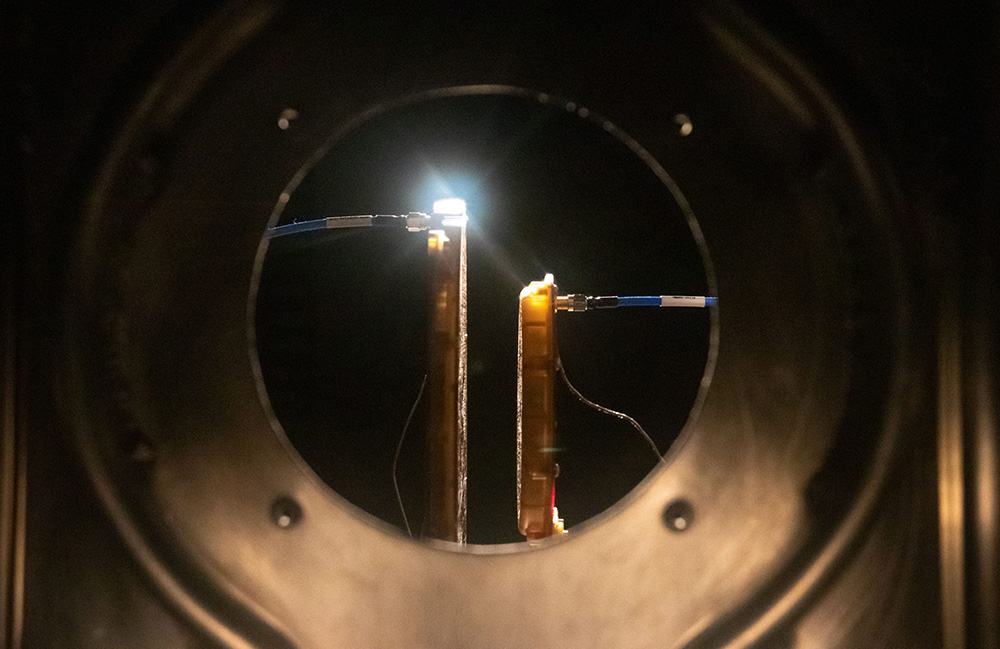

Wireless charging nodes inside TVAC chamber. | Source: Astrobotic
Astrobotic Technology Inc. this week announced that it has successfully completed flight model acceptance testing of its wireless charging system for the lunar environment. The Pittsburgh-based company said this marks a major advancement in enabling sustained operations on the Moon.
The lightweight, ultra-fast wireless charging system proved it can function and provide enough power for systems to survive the 14-Earth-day lunar night. Astrobotic developed the system in partnership with wireless charging provider WiBotic. They had assistance from Bosch, the University of Washington, and the NASA Glenn Research Center in Cleveland.
“This is the foundation for a unified, interoperable power standard for the Moon and Mars,” said John Thornton, CEO of Astrobotic. “We’re offering a wireless charging solution that can support cross-agency, cross-industry missions, built to survive the harshest planetary environments. If your assets need dependable power on the surface, this is the plug they’ll need.”
Wireless power to enable lunar science missions
A wireless method of power transfer is crucial for automated and astronaut-held systems on the lunar surface, according to Astrobotic. These devices are connected and disconnected often, subjecting them to abrasive lunar regolith dust that would accumulate on traditional connectors. This reduces their efficiency and renders them non-operable, said the company.
When on the lunar surface, the wireless system would deliver power from an Astrobotic lunar lander or Vertical Solar Array Technology (VSAT) platform. This enables it to power science missions and rovers to survive the lunar night or even provide easy charging of astronaut-held tools.
Power from the source is converted to wireless power by a WiBotic transmitter circuit and is sent to the device by a transmitter antenna coil.
Under previous tests performed at NASA’s Kennedy Space Center in Florida, Astrobotic’s wireless charging system was covered in 4 cm (1.5 in.) of regolith and experienced no performance degradation to power transfer.
Astrobotic passes rigorous tests

Astrobotic’s CubeRover with a wireless charging node drives up to a second power node to charge. | Source: Astrobotic
The acceptance testing campaign for the wireless charger flight model included different tests over the course of four months. The first was a thermal vacuum chamber (TVAC) test of the system in December 2024 at Astrobotic’s headquarters. During these tests, the system demonstrated proper functioning in a simulated lunar environment with virtually no atmosphere.
Next, the companies performed an even more realistic lunar environmental test in January at NASA’s Glenn Research Center. During these tests, the system successfully operated within a TVAC chamber containing simulated lunar regolith known as a “dirty TVAC,” dropping to -292 °F.
The final two tests, performed at Astrobotic’s headquarters, ensured the system would survive the rigors of launch to space. In late January, the system endured vibration testing. This involved mounting it to a shaker table and subjecting it to the vibrations it would experience during launch.
Finally, the team performed electromagnetic interference (EMI) testing. This ensured that the wireless charger’s electronics would not interfere with those of the rocket.
“Passing acceptance testing is a major milestone — it means the system has met all the rigorous performance and environmental requirements and is now officially flight qualified,” said Masoud Arabghahestani, senior thermal engineer at Astrobotic.
“This validation marks the culmination of years of design, engineering, and testing, and now, we’re finally ready to take this system to the Moon. With its efficiency and proven reliability, this system will open the door to a broader range of science missions, enabling researchers to explore more regions of the lunar surface, gather higher-quality data, and push the boundaries of what’s possible in lunar exploration.”
The team developed the system under a NASA Tipping Point contract awarded by the agency’s Space Technology Mission Directorate. A 125 W wireless charger model is now commercially available for advanced power solutions for space applications. A more powerful 400 W wireless charger model is undergoing further testing. This model has seen power transfer efficiencies as high as 85%.


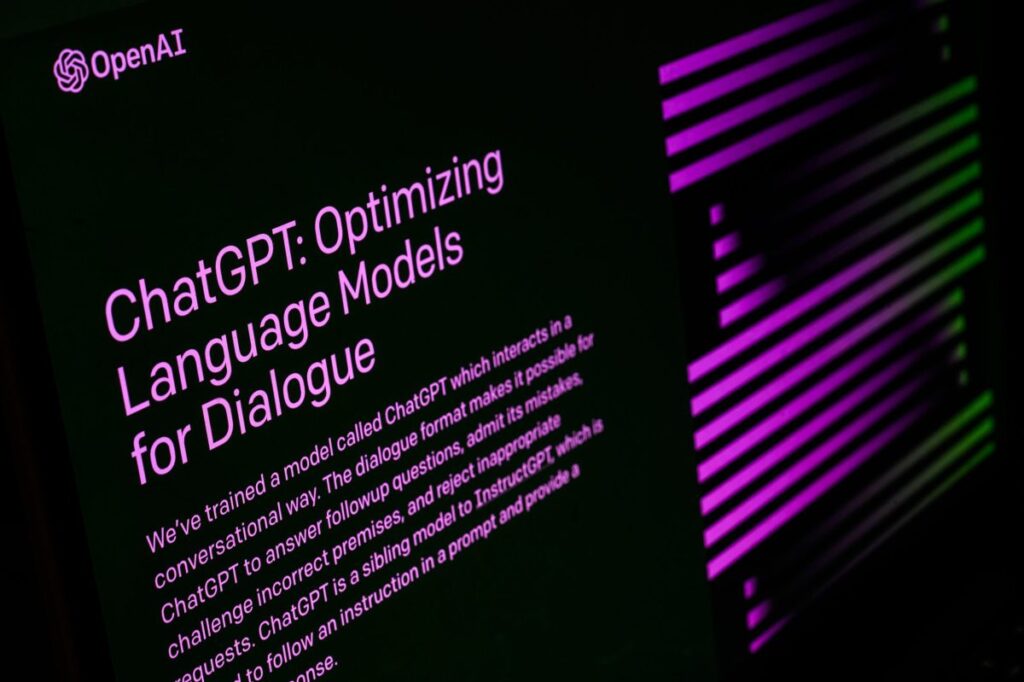
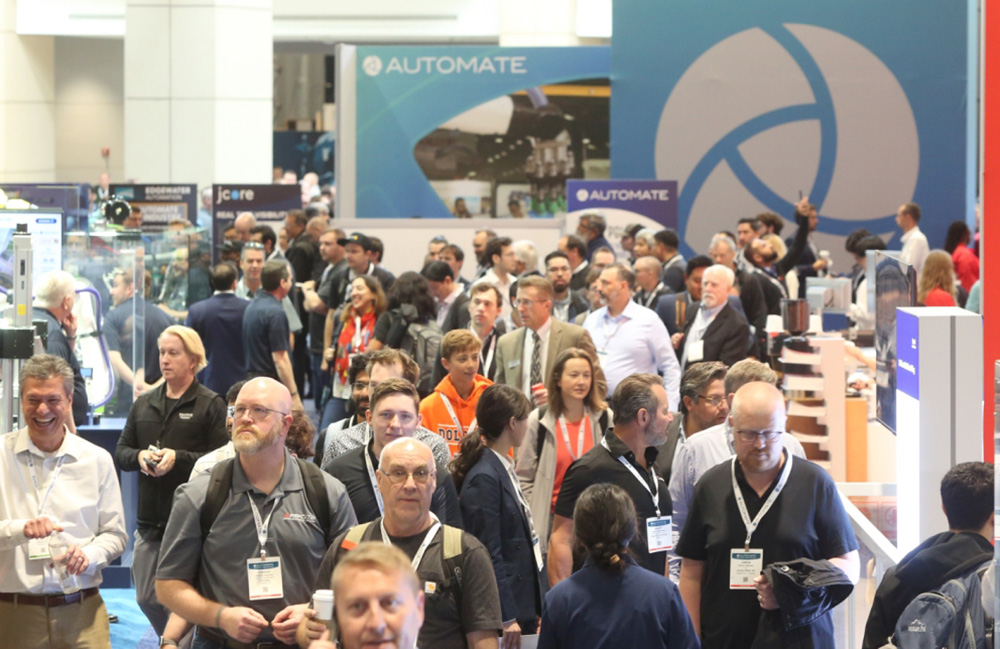
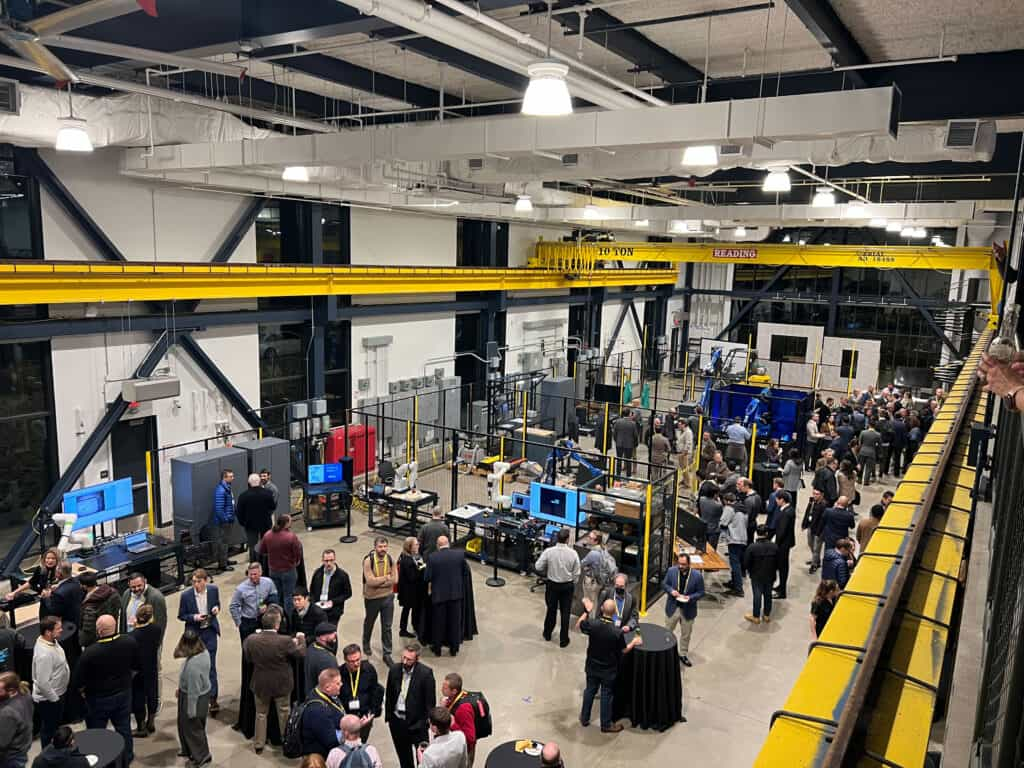
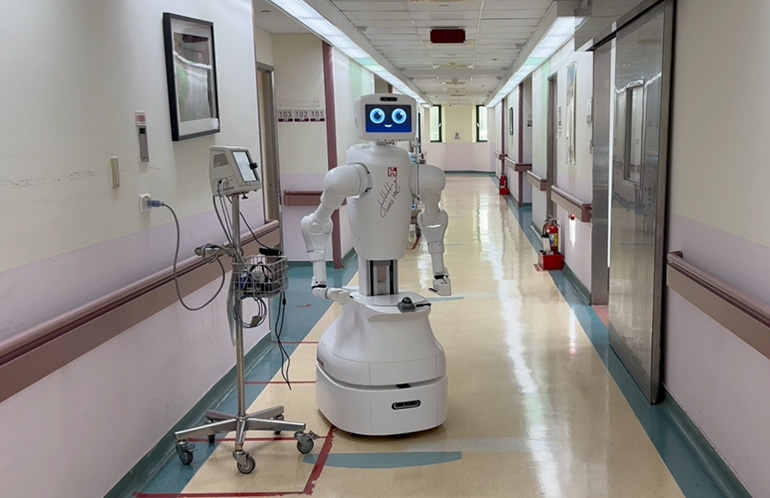
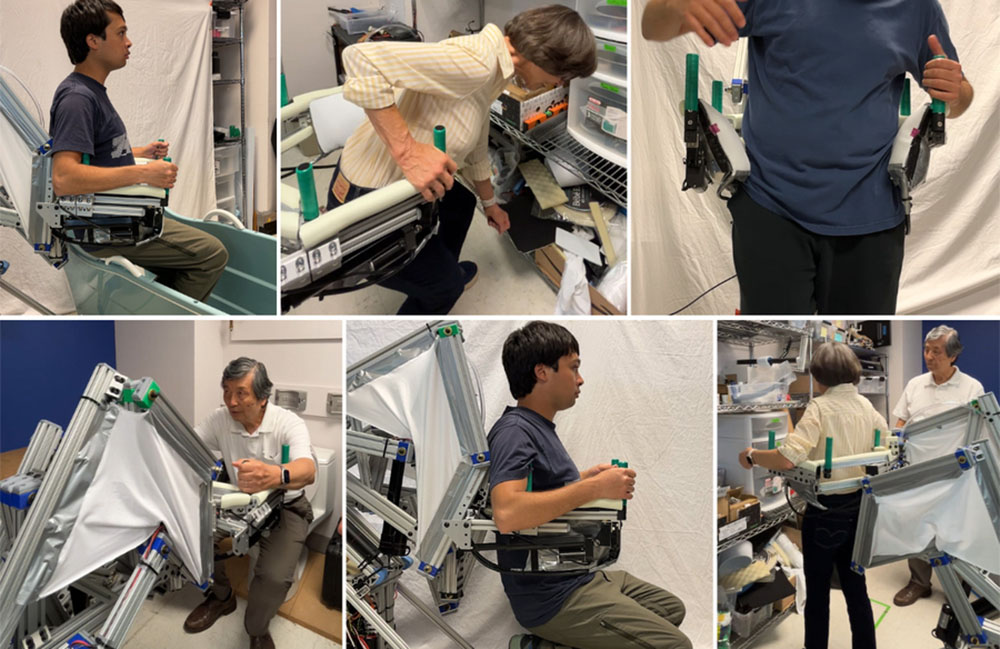
Responses